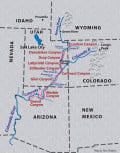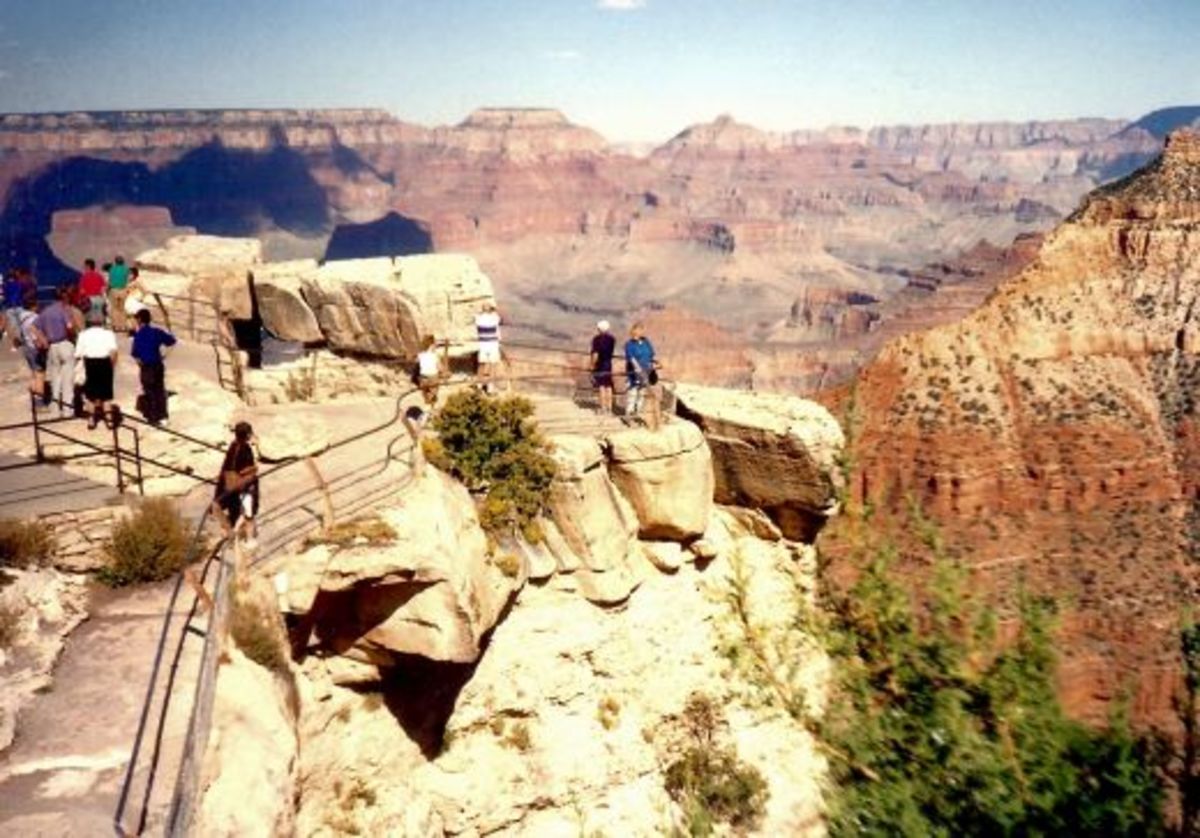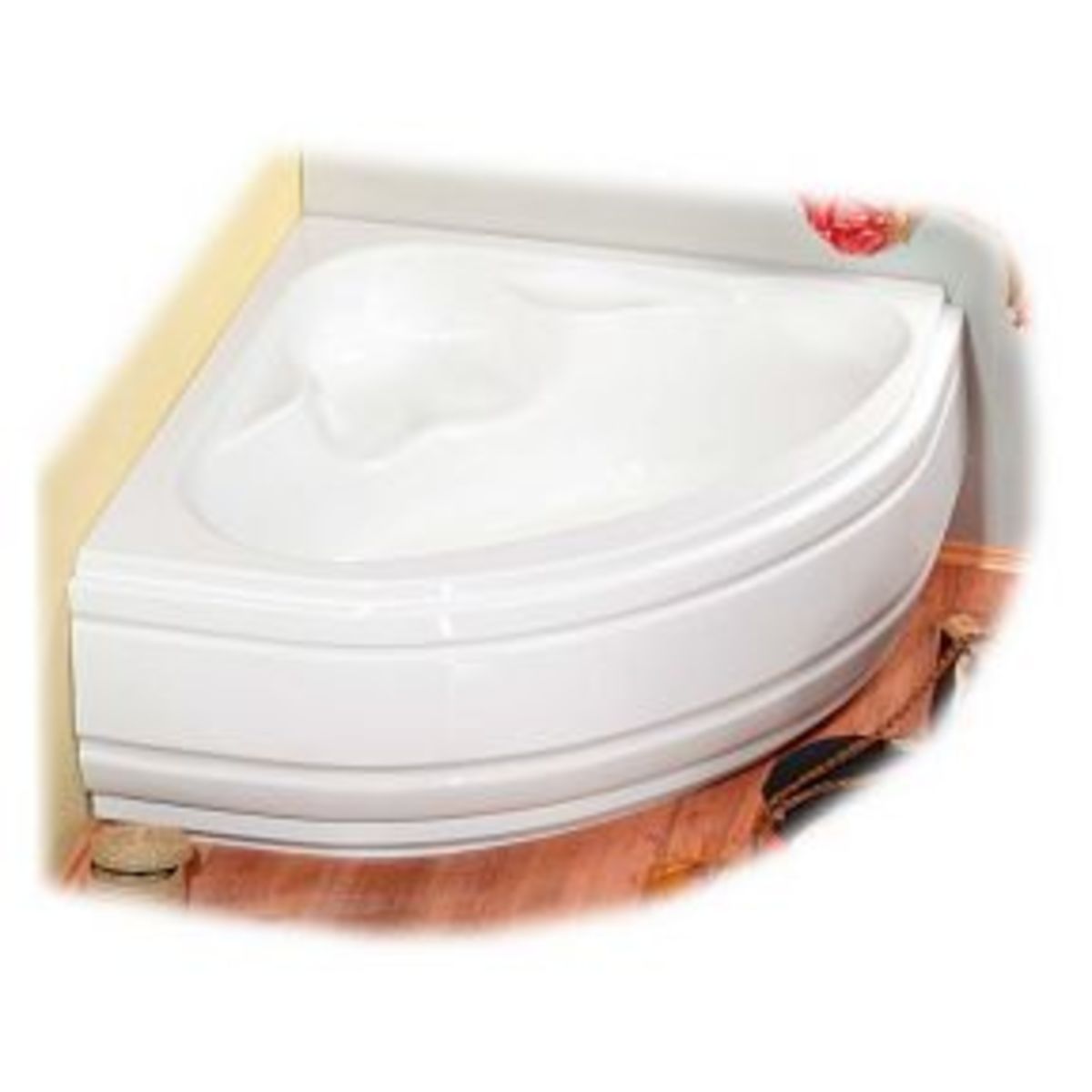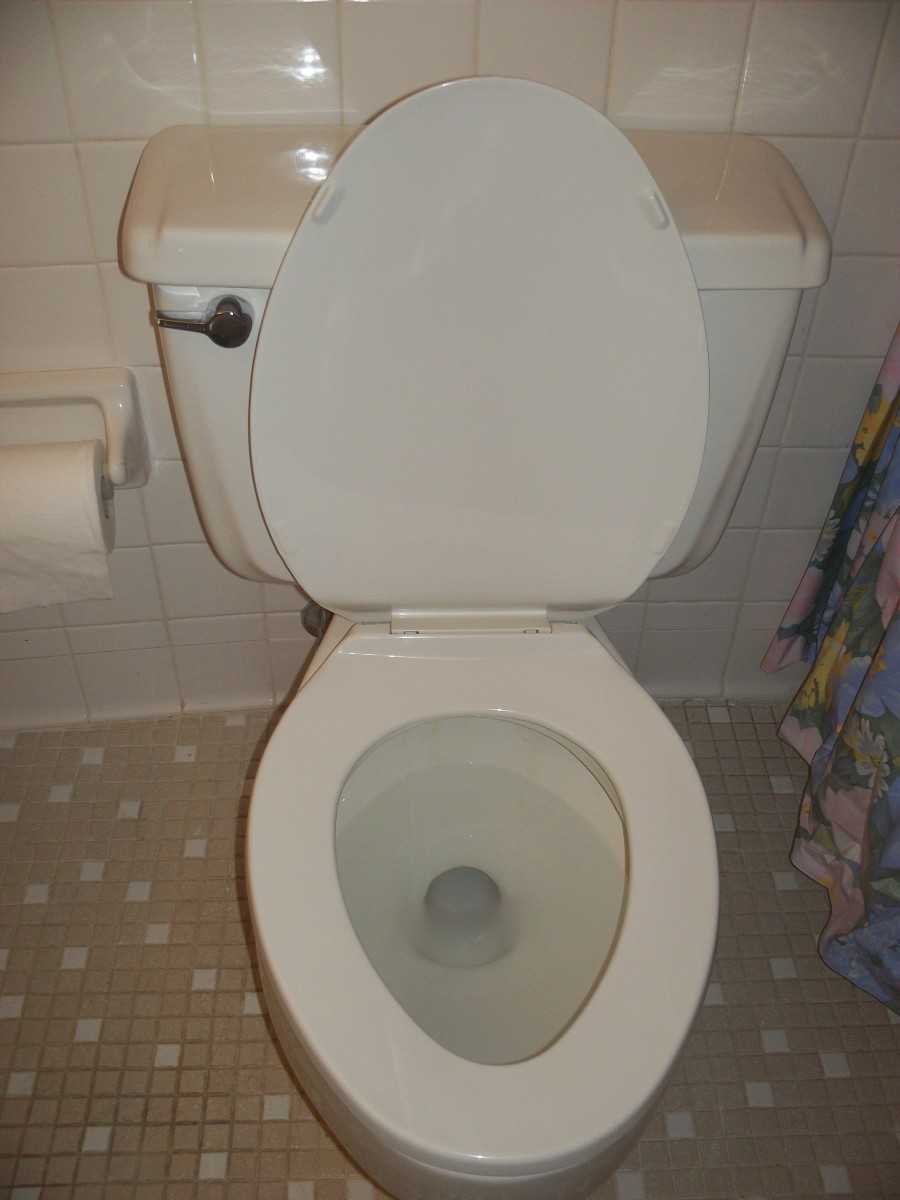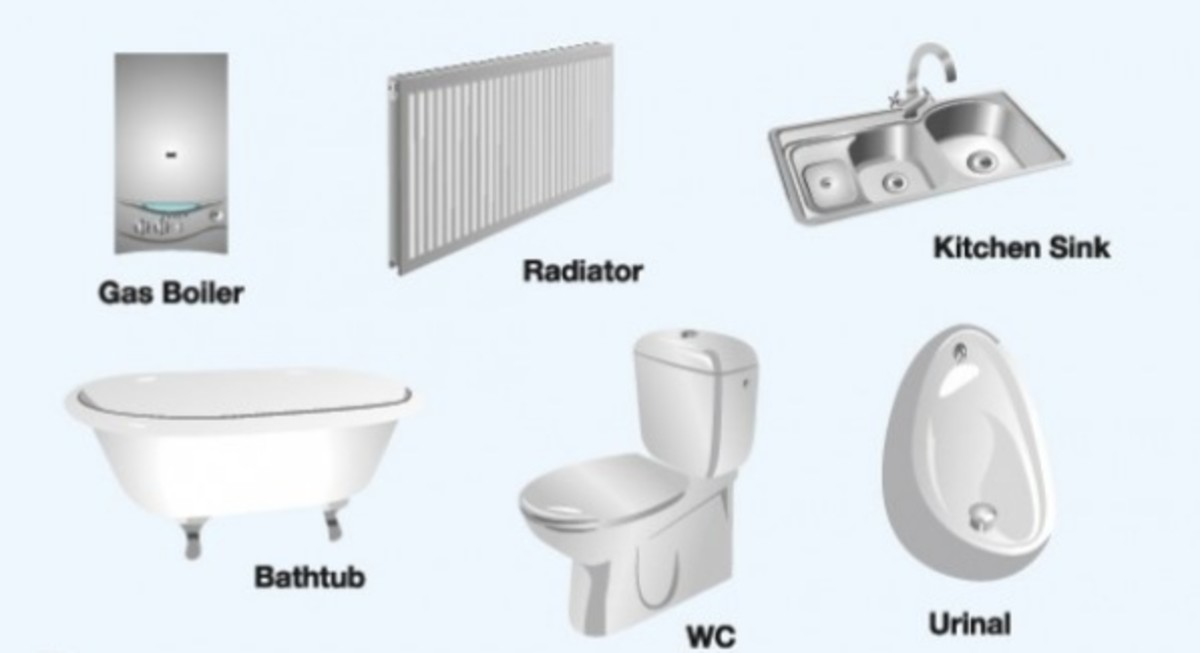The Blood of the Ecosystem: Water in California
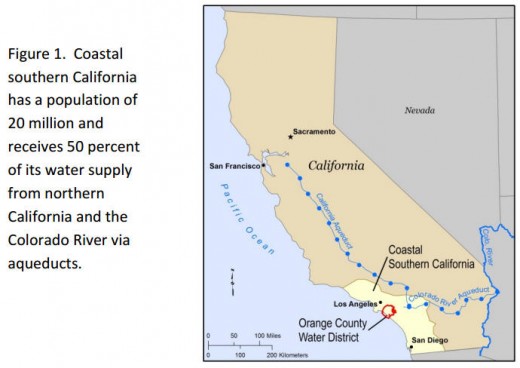
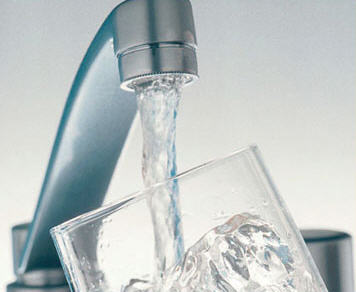
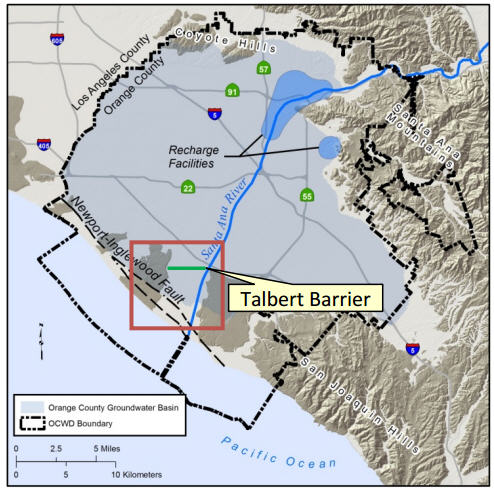
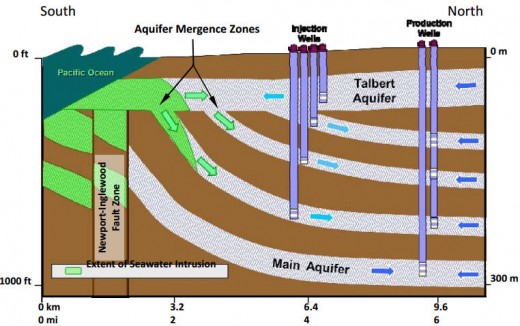
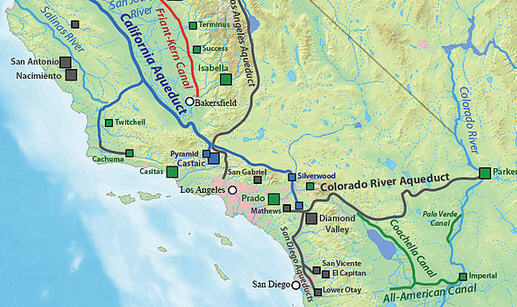
Water. God’s miracle liquid. Animals and humans cannot survive without it for more than a week or so. It is pure. Tasteless. Without water, plants, like humans, die. It is the blood of the ecosystem.
In California, water irrigates almost 29 million acres, which grows 350 different crops that are harvested and sent around the globe. Some 40% of its water is for irrigation while only 10% is used for non-agricultural uses. One study stated that the average California home uses 23,275 gallons per month or 360 gallons daily. Of that amount, over half used by the home is for landscaping. Actual indoor use was around 170 gallons. However, in 2013-14, the worse drought in over 100 years occurred and continues. Every entity is now looking for alternate water sources and methods of recycling, turning non-potable into potable water.
In the Los Angeles basin area, water arrives from three main sources: the California Aqueduct, which transports water via canals from northern sections of the state to L.A., the Colorado River Aqueduct, which supports six other states (Wyoming, Utah, Colorado Arizona, New Mexico, Nevada) and Mexico. The river provides 4,400,000 acre feet to mostly Southern California, and, the Los Angeles Aqueduct that brings 400,000 acre feet of water from the Eastern Sierra Nevada. It is projected that California’s population will be almost 50 million people in the year 2020. If the prediction comes true and there is no action to increase the water supply, the difference between water demand and supply would be between 2,000,000 and 6,000,000 acre feet. That is a lot of water or another Colorado River!
According experts, California has water reserves for only 12 to 18 months. The Southland gets an average of 15 inches a year of rain -- enough water to supply just 5 million people. The LA area has 19 million and the Colorado River and its basins are of 50% full. Because of this, the water agencies in the area are scrambling to recover water from 16 projects designed to increase the use of recycled water, storm water capture, desalted ocean water and recover enough groundwater to meet Southern California water needs because if there is another dry year like 2014, the area will be in a dire water situation.
ORANGE COUNTY
With the urgent need of water, Orange County, with 2.4 million people, are on the cutting edge. The Orange County Water District (OCWD, the largest reclamation plant in the world) tests water from more than 1,400 locations throughout the groundwater basin and the Santa Ana River, taking more than 18,000 samples and conducting 335,000 analyses of these samples each year. The agency tests for 335 chemicals from its samples. The source for much of OC’s water is the Santa Ana River fed by the California and Colorado Aqueducts. However, for potable water, the agency cleanses 70,000,000 gallons a day (72 acre feet) and still needs to find more water. It currently is able to reclaim and recharge only 185,000,000 gallons per year. The agency owns a six-mile section of the Santa Ana River, from Imperial Highway to Ball Road in Anaheim. Over the years it has further expanded its recharge system, which now includes over two dozen separate facilities that cover over 1,000 acres.
Much of the OCWD effort has been in water recharging and reclamation. Salt water intrusion into recharging underground basins makes this a high priority. Some 200 large capacity wells pump and deplete these underground reservoirs. The recharge basins are located solely in the cities of Anaheim and Orange and an “underground” dam was created to halt salt intrusion which complicates the situation. On the Santa Ana River, two inflatable rubber dams also divert the water flow into recharge areas. After treatment, the clean water also flows via a 13-mile long pipeline to recharge areas (underground aquifers). The Santa Ana River flow contains mostly previously treated and used water from cities upstream (this is no different than the water in the Colorado River and others). The OCWD goal is to create 130,000,000 gallons of potable water a day. Because of the drought, the water from the aqueduct system has been reduced considerably. Thus, OCWD is trying to squeeze water from all reclamation methods.
ENTER TREVI SYSTEMS
Trevi Systems, Inc., is on the cutting edge of Forward Osmosis, slicing the costs dramatically (when compared to Reverse Osmosis) in all water reclamation methods (desalination, brackish, industrial) through its proprietary “Draw Solution” and low cost use of waste heat (steam, solar, gas etc.) that can reduce operating costs in water reclamation by up to 50%, depending of conditions. Currently, the OCWD has a very costly Reverse Osmosis plant that can reclaim up to 80-85%. However, while effective, the costs involved in a plant at this scale and maintenance are staggering and yet, it still loses 25,000,000 gallons a day after treatment that is returned to the ocean!
With no relief from the historical drought, OCWD and a grant from the California Energy Commission, have contracted with Trevi Systems to build a pilot FO skid on OCWD property to evaluate and test the feasibility of its FO process. The system will use 26,417 gallons per day for conversion. The plant discharges approximately 25,000,000 gallons per day of high salinity brine (6000 ppm TDS) from an existing RO plant. None of this amount can be reclaimed and reused for use by its customers due to the high salinity (and therefore high energy cost in natural gas) from the brine. Another problem using the RO method is the high fouling chemistry of the water (silica, calcium, magnesium) which scales the RO membranes and causes them to be less effective and efficient in purifying water as solutes cannot pass through easily. A single membrane costs thousands of dollars. Because the Trevi System uses cheap waste heat and far less pressure than RO, it is expected the operating costs (25-50% less) to be considerably reduced and membrane fouling far less frequent than their current RO system. These are the two key differences between the FO and RO processes.
If successful, OCWD hopes to be able to reclaim another 20,000,000 gallons a day of potable water from what would otherwise go into the ocean. The reclaimed water would be used to recharge the underground aquifers.


